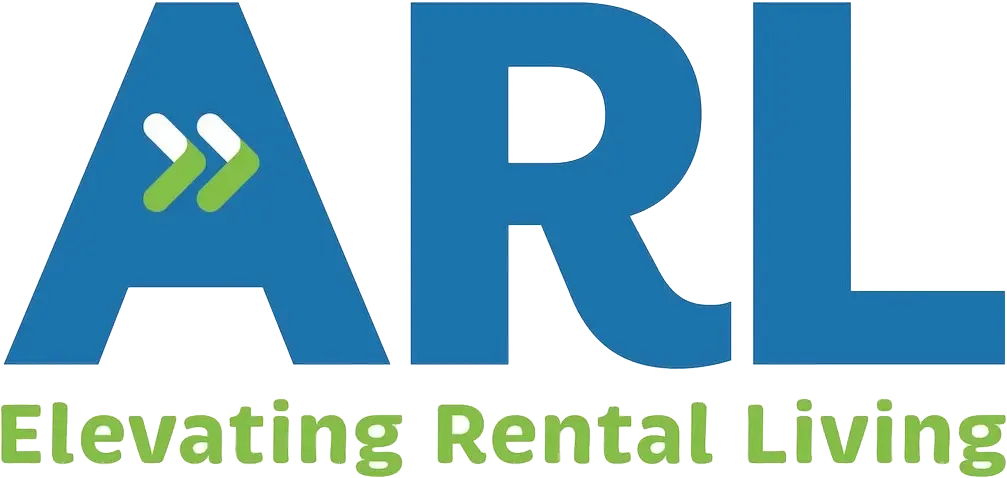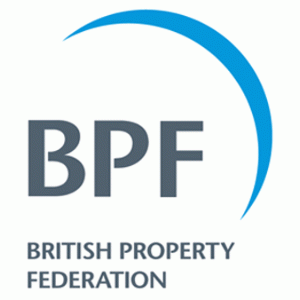New to renting deposit-free, or just need a quick back-to-basics on how it all works? Here’s a quick rundown on what a deposit alternative scheme actually is, and what the differences are between each model.
So what is it?
Essentially, a deposit alternative scheme is a way for landlords to get protected without tenants having to fork out for a traditional security deposit. Tenants usually pay a non-refundable fee at the start of their tenancy, and then any damages or rent arrears are paid when they move out. But there’s a few different ways this can happen…
Tech-based model
Tenants looking for a new home don’t need to pay a hefty security deposit up front, flatfair gives them the option to secure a property with just their debit card. Tenants pay a one-off, non-refundable fee per tenancy worth only one week’s rent (+VAT), and when it’s time to go, any damages are paid for at the end of their tenancy – a bit like when you check out of a hotel.
Landlords and tenants can negotiate any end of tenancy charges from an easy-to-use online platform, and when everything’s agreed, payment tech is used to collect any outstanding charges, so landlords are paid fast, and tenants can move out of their property without any delays.
What to be aware of…
Although tenants are paying a fraction of a traditional upfront costs, the membership fee is non-refundable, and if there is an end of tenancy charge, the membership fee doesn’t go towards it.
If tenants want to dispute an end of tenancy charge, there is a fee involved, but if their renegotiation is raised in good faith, they’ll get their money fully refunded.
Insurance-based model
Tenants pay a non-refundable fee. But instead of a tech-based payment solution, an insurance-based model works around, you guessed it – insurance, something a lot of people are familiar with.
It means protection for landlords works differently, because end of tenancy charges are covered by a third party insurance provider. So once a claim is submitted, it’s the insurer who initially covers the cost in a situation where a tenant doesn’t pay.
What to be aware of…
Tenants are still liable for any damages, and if there are charges they refuse to pay, a claim is raised with the insurance provider. That means the payouts are ultimately decided by the insurer, and only if certain conditions are met. So if the insurer says no, landlords lose out.
Being FCA regulated also means agents aren’t able to talk in detail to their tenants about this deposit alternative. Any questions have to be passed on to someone who’s qualified to talk about insurance.
The initial fee is non-refundable, and there’s also an extra annual charge if tenants stay on longer than a year, as well as a fee if a dispute is raised. This is due to having to make regular payments towards an insurance premium.
All-inclusive model
This model offers a no deposit solution within a package. Usually the monthly rent includes all of the utilities, and the place is furnished with swanky designer gear – so it takes the stress out of managing bills.
And when it comes to the end of tenancy, they’ll usually use a third-party deposit-free scheme.
What to be aware of…
The places offering an all-inclusive model aren’t available everywhere. This model is often used for specific Build To Rent buildings, so they’re only available in certain locations.
And since they’re usually found in big cities, they can be quite pricey too.










